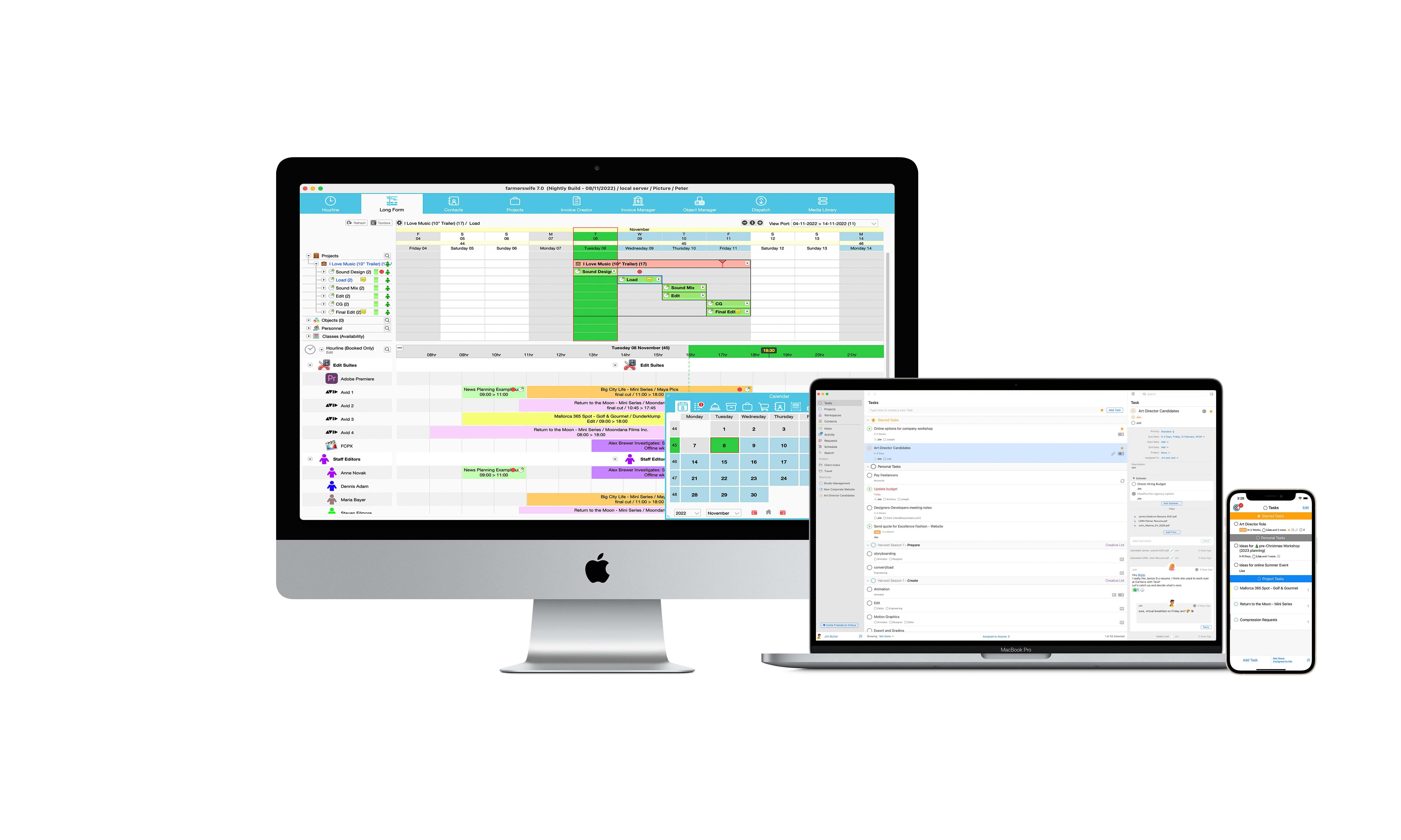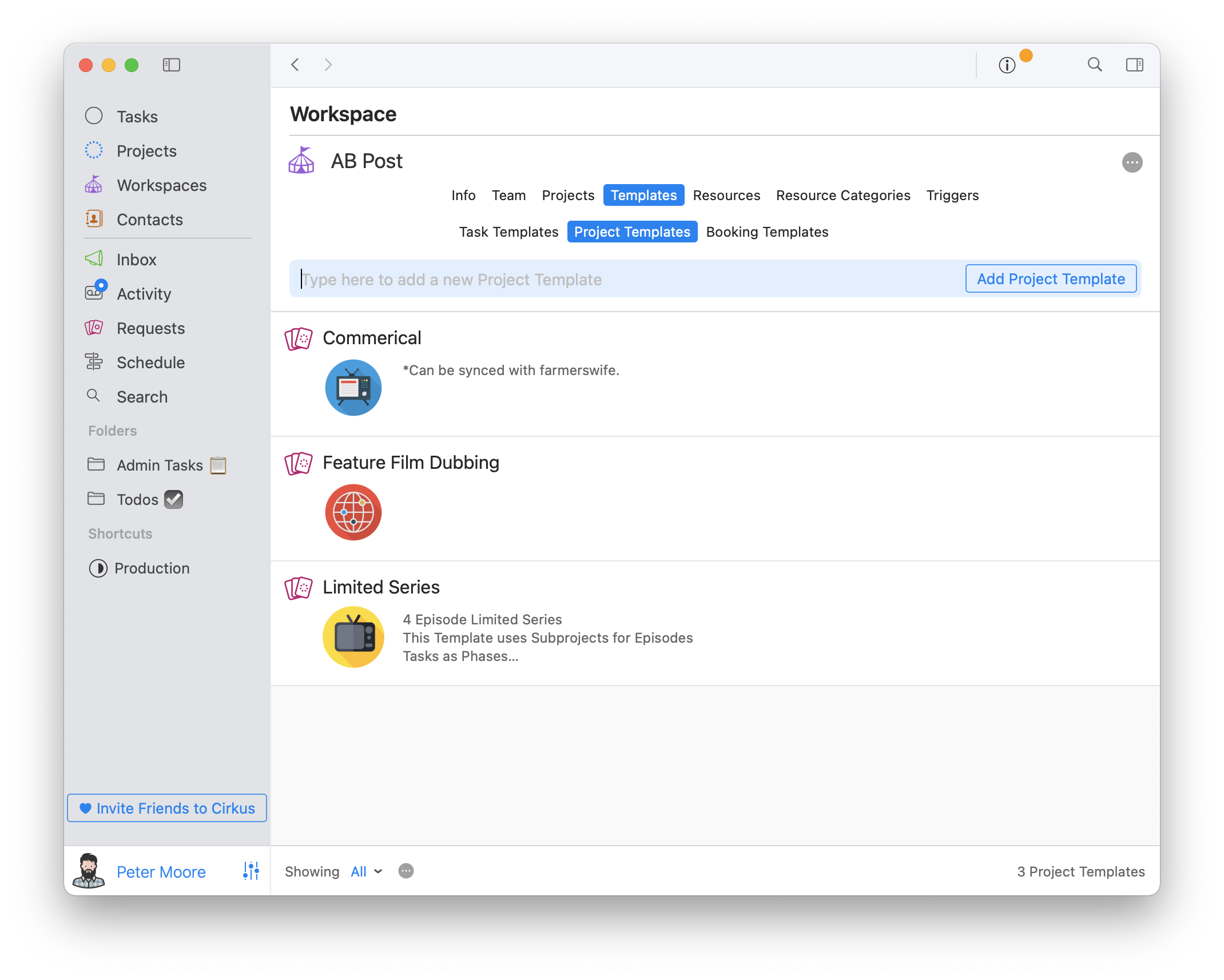Every technology company understand that the craft of software development is unique, and it needs the attention of an adaptable team who’s willing to act and adapt on changes quickly. This is where Agile project management comes in.
In this blog, we’ll guide you through everything you need to know about the Agile methodology. Focusing on the 4 key pillars of Agile, and the 12 Agile principles. Continue reading!
What is Agile Project management?
Agile is a general term that describes a wide range of project management methodologies. Agile methodology in project management is based on iterative development, where requirements and solutions evolve through collaboration between self-organizing, cross-functional teams. It promotes adaptive planning, evolutionary development, early delivery, and continuous improvement. This is different from traditional project management methods, which tend to be more rigid and linear.
In Agile methodology, teams operate in short cycles aimed at continuous improvement to develop only what the users want. Work goals are defined by the team before each cycle starts and The team communicates directly with the customer if they have any questions concerning the function.
What are the 4 Pillars of Agile?
When it comes to agile project management, there are four main pillars:
-
Individuals and interactions over processes and tools.
Agile focuses on getting teams together to collaborate in ways that will help them achieve their goals. This means that the software is more important than documentation about the development process. -
Working software over comprehensive documentation.
Documentation is important for understanding how something works, but when you have working software, the goal should be to deliver value as quickly as possible instead of spending time on documentation. Agile projects use processes and tools like any other kind of project management approach, but they focus on the people involved in the job more than anything else. -
Customer collaboration over contract negotiation.
Agile methodology is a customer-centric approach to project management. It helps the team collaborate with customers and other stakeholders to solve problems and identify new opportunities, which results in better products. Agile projects are iterative, so they can be tested quickly and more frequently than traditional projects. -
Responding & adapting vs following strict plans
Agile is a way of thinking, not a process. Agile is about responding to change, keeping an eye on the future, and delivering incremental value. It is not prescriptive, but it does provide you with some principles that can be applied to your projects:
- Build projects around motivated individuals. Give them the environment and support they need, and trust them to get the job done.
- The most efficient and effective method of conveying information to and within a development team is face-to-face conversation.
What are the 12 Principles of Agile?
Agile is a set of principles that bring together the best practices in project management. These principles are based on the idea of customer collaboration, continuous delivery and frequent releases.
The twelve agile principles are:
|
1. Satisfy Customers Through Early & Continuous Delivery |
|
2. Embrace change |
|
3. Deliver value frequently |
|
4. Team work and break the silos of your project |
|
5. Build projects around motivated team members |
|
6. Face-to-face interactions |
|
7. Working software or product is the primary measure of progress |
|
8. Maintain a sustainable working pace |
|
9. Continuous excellence enhances agility |
|
10. Simplicity is essential |
|
11. Self-organizing teams can generate most value |
|
12. Regularly reflect and adjust your way of work to boost effectiveness |
Agile Frameworks, Practices, and Methodologies
Agile refers to the methods and best practices for organizing projects. However, there’s no one right or wrong way to implement Agile and many different types of methodologies from which to choose. Here are some of the most common Agile frameworks:
| Scrum |
Scrum is one of the most popular Agile frameworks. It focuses on small independent teams working on short sprints. |
| Kanban | Kanban allows an Agile team to write down everything about the project on a board. This gives them a clear understanding of what is going on, and helps them identify any mistakes that are not allowing progression. |
| Hybrid | Hybrid is the combination of Agile and Waterfall and how they complement each other. For instance: Agile software development is held under Waterfall conditions (fixed deadline, forecasted budget, and risk assessment). |
| Bimodal | Bimodal development is an enterprise approach mixing traditional IT methodologies with those that are built with the dynamic nature of the digital world. |
| Crystal |
Depending on the number of team members, the framework has several variants including crystal clear, crystal yellow, crystal orange, |
| XP | Extreme Programming (XP) was designed for Agile software development projects. It focuses on continuous development and customer delivery and uses intervals or sprints. |
| Lean | Lean is a set of principles for software development that emphasizes efficiency and waste reduction. Lean thinking is often used in conjunction with the agile methodology. |
Why Use Agile Methodology ?
Agile’s goal is to create short development cycles and frequent product releases, unlike traditional waterfall project management. As teams are used to shorter time frames, they are quick and flexibleto adapt to any changes in customer’s needs. Using a project management software such as farmerswife, can really help you make the most of the agile methodology.

Agile Methodology can also help you and your team with the following:
-
Project planning
Before the team starts with any project, they need to have a clear understanding of the end goal, the value of the customer, the costs and how they’ll successfully complete the project.
Team members can take advantage of the Agile project management framework to create a project scope. However, they need to keep in mind that Agile Methodology aims to address changes and addition to a project in a simpler manner. So the project scope they develop should be able to change if needed.
-
Product roadmap creation
A roadmap is a crucial element of the planning stage of an Agile project, as teams develop individual features during each sprint and the product roadmap refers to the features that make the end-product.
-
Release planning
Agile project management uses shorter development sprints, which allows features to get released at the end of each sprint.
Before starting the project, project managers and teams can make a high-quality plan for feature releases after each sprint. Using a tool like Cirkus can be very helpful with this as it allows to save project templates so if every release has the same structure and tasks. You can use that project template for every release and assigned each task to the needed team member with no need to create a recreate the same project every time!

-
Greater Customer Satisfaction
The product manager actively participates in the sprints during the Agile development and testing process. Their participation ensures that the customers needs are being met. Moreover, they get to see a working product at the end of each sprint and will be pleased that their team can deliver releases more quickly and frequently.
-
Easily and Quickly Adapt to Change
Teams not only adapt to change in Agile, they are encouraged to embrace the practice. Agile acknowledges that customer might need some changes and that teams must be able to adapt. Any change or maintenance item is added to the backlog and allotted to an upcoming sprint based on priority and business need.
Conclusion
Agile Methodology is an effective and great process for teams and organizations searching for a flexible approach to product development. Agile methodology can be implemented by any organization that needs a non-linear plan, effective teamwork, customer collaboration, and quality results. And using a scheduling software such as farmerswife or Cirkus can increase collaboration throughout your team and beyond.